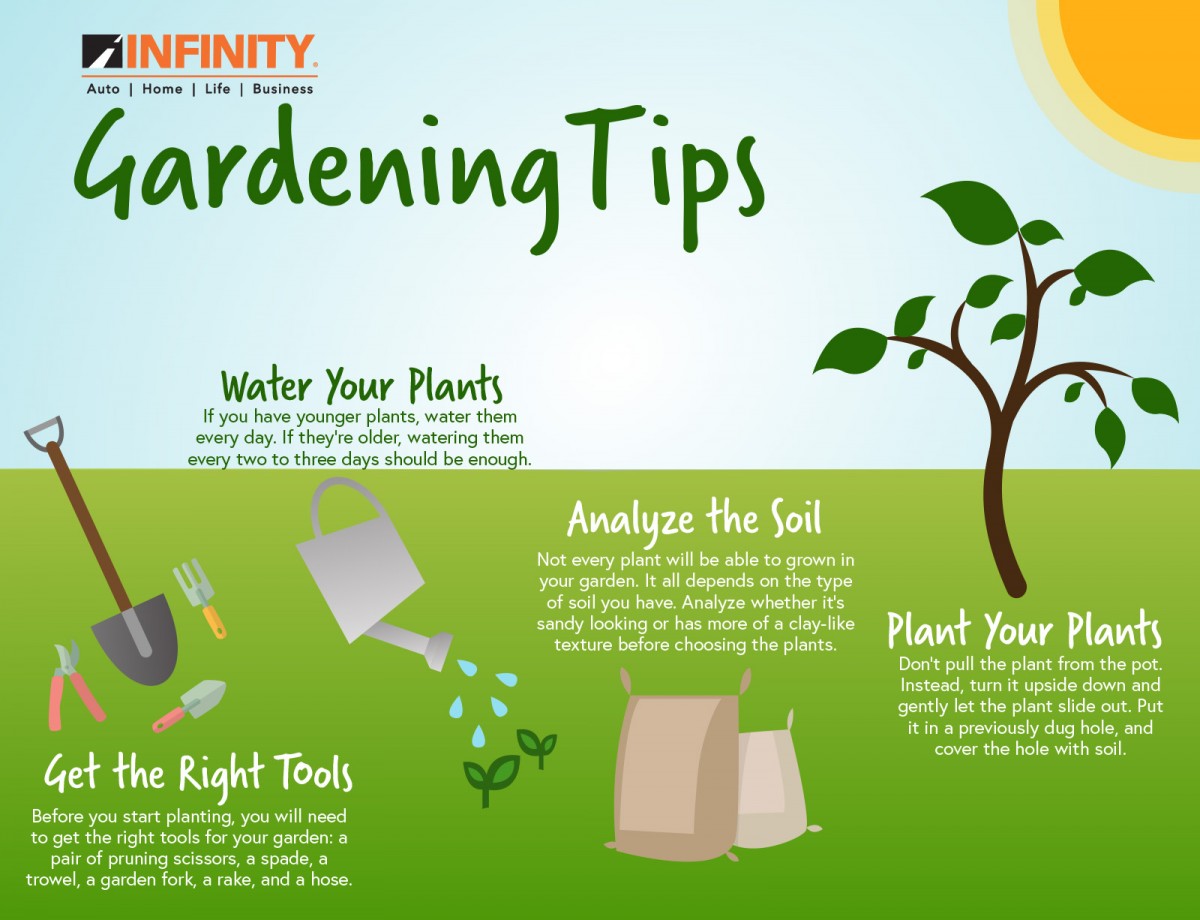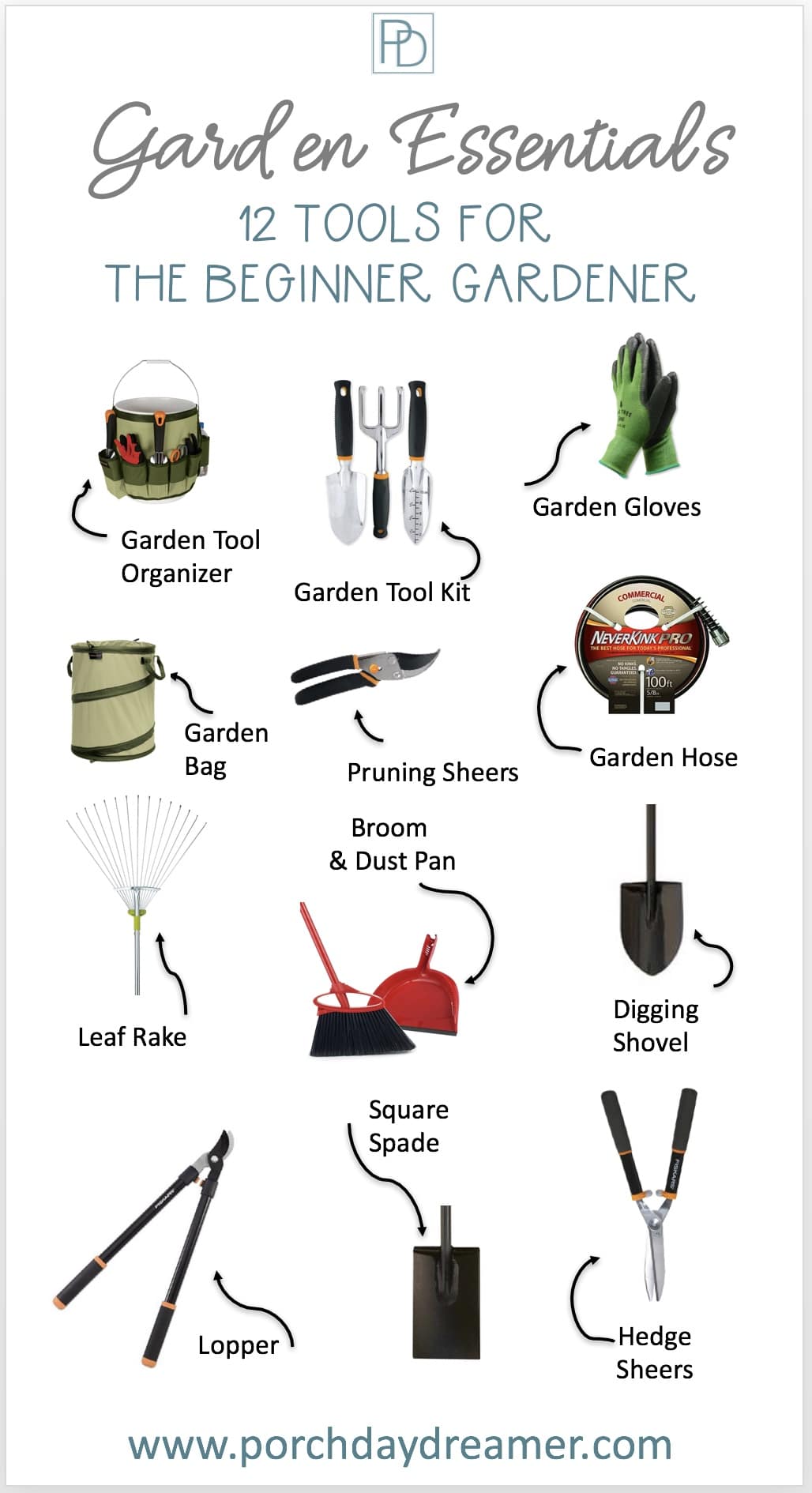Essential Things You Need For Your Garden Website
If you’re dreaming of creating your own garden website, you’ve come to the right place! In this guide, we’ll explore the essential things you need to make your garden website a success. From captivating design elements to useful features, we’ll cover it all, helping you bring your green thumb to the online world. So, let’s dig in and uncover the secrets to a thriving garden website!
First and foremost, your garden website needs a visually stunning design that reflects the beauty of nature. Picture lush greenery, vibrant flowers, and breathtaking landscapes. Your website should capture the essence of these elements, drawing visitors in with its captivating visuals. With the right color palette, high-quality images, and a user-friendly layout, you’ll create a virtual oasis for plant enthusiasts.
But a pretty design is just the beginning. To truly make your garden website a go-to resource, you need to provide valuable content. Whether it’s expert gardening tips, plant care guides, or DIY projects, your website should be a treasure trove of knowledge. Remember, knowledge is power (and in this case, green power), so do your research and share your expertise with the world!
In addition to stunning visuals and informative content, your garden website should also have practical features that make it easy for visitors to navigate and engage. From a search bar for quick plant searches to a contact form for garden-related inquiries, these functionalities add value to your website. So roll up your sleeves and get ready to cultivate an amazing online presence for your garden website!

Essential Things You Need for Your Garden Website: Taking Your Online Green Space to the Next Level
Welcome to the world of garden websites, where nature enthusiasts and green thumbs come together to create a vibrant online community. Whether you’re a professional gardener looking to showcase your work or a hobbyist wanting to share your passion, having an exceptional garden website is key. In this article, we’ll explore the essential things you need to take your online green space to the next level. From stunning visuals to engaging content, get ready to transform your website into a virtual garden oasis.
1. Captivating Photography: Bring Your Garden to Life
No garden website is complete without captivating photography. Your visitors want to see the beauty of your green space, and high-quality, visually appealing images can help bring your garden to life. Invest in a good camera or hire a professional photographer to capture the essence of your garden. Make sure to showcase a variety of plants, flowers, and landscapes to provide a well-rounded view of your garden’s beauty. From close-up shots of flowers to sweeping panoramas, let your photography tell the story of your garden.
Make your photography even more impactful by organizing it into galleries based on themes or seasons. This will allow visitors to easily navigate through different sections of your garden and appreciate its diversity. Additionally, consider adding captions or descriptions to your photos to provide insights into the plants or garden design, further enhancing the experience for your audience.
Remember to optimize your photos for web use by compressing them without sacrificing quality. Large file sizes can slow down your website’s loading speed, which can be detrimental to user experience. By finding the right balance between image quality and file size, you can ensure your garden website remains visually stunning and easily accessible.
2. Informative Articles: Share Your Gardening Knowledge
A garden website is a platform for sharing not only your gardening experiences but also your knowledge. To engage your audience, create informative articles that offer practical tips and insights. Whether it’s an in-depth guide on organic gardening or a step-by-step tutorial on planting vegetables, providing valuable content will keep visitors coming back for more.
When writing articles for your garden website, keep in mind that the audience may vary in their gardening expertise. Aim to strike a balance between beginner-friendly content and more advanced topics to cater to a wider range of readers. Break down complex concepts into simple, easy-to-understand language, and use visuals such as diagrams or infographics to enhance comprehension.
Additionally, consider incorporating personal anecdotes or stories from your gardening journey. This adds a personal touch and helps create a connection with your audience. Encourage engagement by allowing comments on your articles, where visitors can share their own experiences or ask questions. Building a community around your garden website will foster a sense of belonging and encourage visitors to return for more valuable content.
3. User-Friendly Navigation: The Path to Garden Exploration
A well-designed garden website should offer visitors a seamless and user-friendly navigation experience. Ensure that your website has clear and intuitive menus that allow users to explore different sections effortlessly. Categorize your content into logical sections, such as plant types, garden design, or seasonal tips, to help visitors find the information they’re looking for.
Consider creating a search function that allows users to look for specific topics or keywords within your website. This can be especially helpful for visitors who may be searching for solutions to specific gardening issues or researching specific plants.
Remember to keep your website layout clean and clutter-free. Avoid overwhelming your visitors with too many elements or excessive advertising. A minimalist design will allow your garden content to shine and create a visually pleasing browsing experience. Lastly, ensure that your website is responsive, meaning it can adapt to different screen sizes and devices. Mobile-friendly browsing is crucial, as more and more users access websites via their smartphones or tablets.
4. Seasonal Highlights: Keep Your Content Fresh and Relevant
Gardens change with the seasons, and your website should reflect this natural transformation. Keep your content relevant by highlighting seasonal plants, gardening tips, and landscape designs. Create blog posts or articles that celebrate the unique features of each season, such as spring blossoms or winter gardening strategies.
Incorporate beautiful visuals that showcase the charms of each season. From vibrant fall foliage to delicate spring blooms, images that capture the essence of the season will immerse visitors in your garden world.
Consider creating a calendar of events or a gardening schedule that outlines the tasks to be done each season. This can serve as a handy reference for your visitors and help them stay in tune with their own gardening schedules. Whether it’s pruning roses in spring or preparing the garden for winter, providing timely and useful information will position you as a trusted source of gardening expertise.
5. Social Media Integration: Connect and Grow Your Garden Community
Social media platforms are powerful tools for reaching a larger audience and increasing engagement with your garden website. Integrate social media buttons into your website design, allowing visitors to easily connect with your various social media accounts.
Regularly update your social media profiles with snippets of your garden content, such as stunning photos, gardening tips, or links to your latest articles. This will entice your online community to visit your website for more in-depth information and create a cycle of engagement.
Encourage visitors to share your content on their own social media accounts by including social sharing buttons on your articles or photos. This will help expand your reach and attract new visitors to your website. Building a strong social media presence will not only increase the visibility of your garden website but also foster a sense of community among your followers.
Key Takeaways: Essential Things You Need for Your Garden Website
- A user-friendly website design with easy navigation helps visitors find information quickly.
- High-quality and engaging content that provides useful tips and advice for gardening enthusiasts.
- Beautiful and professional images of plants, flowers, and gardens to capture the attention of visitors.
- Interactive features like forums or a comment section to encourage community engagement and sharing of ideas.
- Regularly updating the website with new content to keep visitors coming back for more information.
Frequently Asked Questions
Are you looking to create a stunning garden website but not sure where to start? Don’t worry, we’ve got you covered! Here are some essential things you need to know to get your garden website up and running.
1. What are the key elements to include in a garden website?
A successful garden website should have a few key elements to engage and inform visitors. Start with an eye-catching design that showcases beautiful images of gardens and plants. Include an about page to introduce yourself and your garden-related expertise. Create content that offers valuable gardening tips and advice. Don’t forget to add a contact page so visitors can get in touch with you for inquiries or consultations.
Add a blog section where you can share your knowledge and insights, and encourage interaction with social media buttons. Finally, incorporate a plant directory or database that provides information on various plants, their care requirements, and gardening techniques.
2. How can I make my garden website user-friendly?
User-friendliness is crucial for a garden website to attract and retain visitors. Opt for a clean and intuitive layout with easy navigation. Make sure the website is mobile responsive, allowing users to access it seamlessly on different devices. Consider adding a search feature to help visitors find specific plant information or articles.
Organize your content into categories or sections to make it easy to browse and locate relevant information. Add visually appealing images and videos to enhance the user experience. Lastly, incorporate clear and concise calls-to-action throughout the website to guide visitors towards subscribing to your newsletter, contacting you, or exploring more content.
3. How can I optimize my garden website for search engines?
Optimizing your garden website for search engines is essential to increase its visibility and attract organic traffic. Start by conducting keyword research to identify the most relevant and popular search terms in the gardening niche. Incorporate these keywords naturally throughout your website content, including in page titles, headings, and meta descriptions.
Ensure your website loads quickly, as page speed is a crucial factor in search engine rankings. Create unique and informative meta tags for each page, including a concise description that entices users to click. Lastly, focus on building high-quality backlinks from reputable gardening websites to boost your website’s authority and improve its search engine rankings.
4. How can I engage visitors on my garden website?
Engaging your website visitors is vital for building a loyal audience. Start by creating high-quality content that is informative, educational, and visually appealing. Incorporate interactive elements such as quizzes, polls, or a comment section to encourage reader participation.
Offer a newsletter subscription to keep visitors updated on the latest gardening tips, trends, and news. Consider hosting contests or giveaways to generate excitement and encourage user engagement. Finally, make use of social media platforms to share your website content and interact with your audience, fostering a sense of community and connection.
5. How do I ensure the security of my garden website?
Ensuring the security of your garden website is crucial to protect your data and maintain the trust of your visitors. Start by choosing a reliable and secure hosting provider. Keep your website’s software, plugins, and themes up to date to prevent vulnerabilities. Regularly back up your website to ensure you can restore it in case of any issues.
Implement strong passwords and enable two-factor authentication for added security. Install security plugins to protect against malware, spam, and hacking attempts. Finally, use SSL encryption to secure any data transmitted between your website and its visitors, such as contact form submissions or online purchases.

5 Essential Tools To Start Your Garden This Year!
Summary
So, remember, when creating a garden website, think about your audience and their needs. Start with a clear and catchy domain name, then choose a reliable web hosting provider. Next, design your website with a clean and user-friendly layout, making sure to include essential features like a search bar and contact form. Don’t forget to regularly update your content with useful gardening tips and helpful resources. Lastly, promote your website on social media and engage with your audience to build a thriving online community. Happy gardening!
In conclusion, creating a successful garden website involves understanding your audience, choosing the right domain name and web hosting provider, designing a user-friendly layout, providing valuable content, and engaging with your online community. By following these essential steps, you’ll be able to share your love for gardening with others and create a website that blooms with success.
